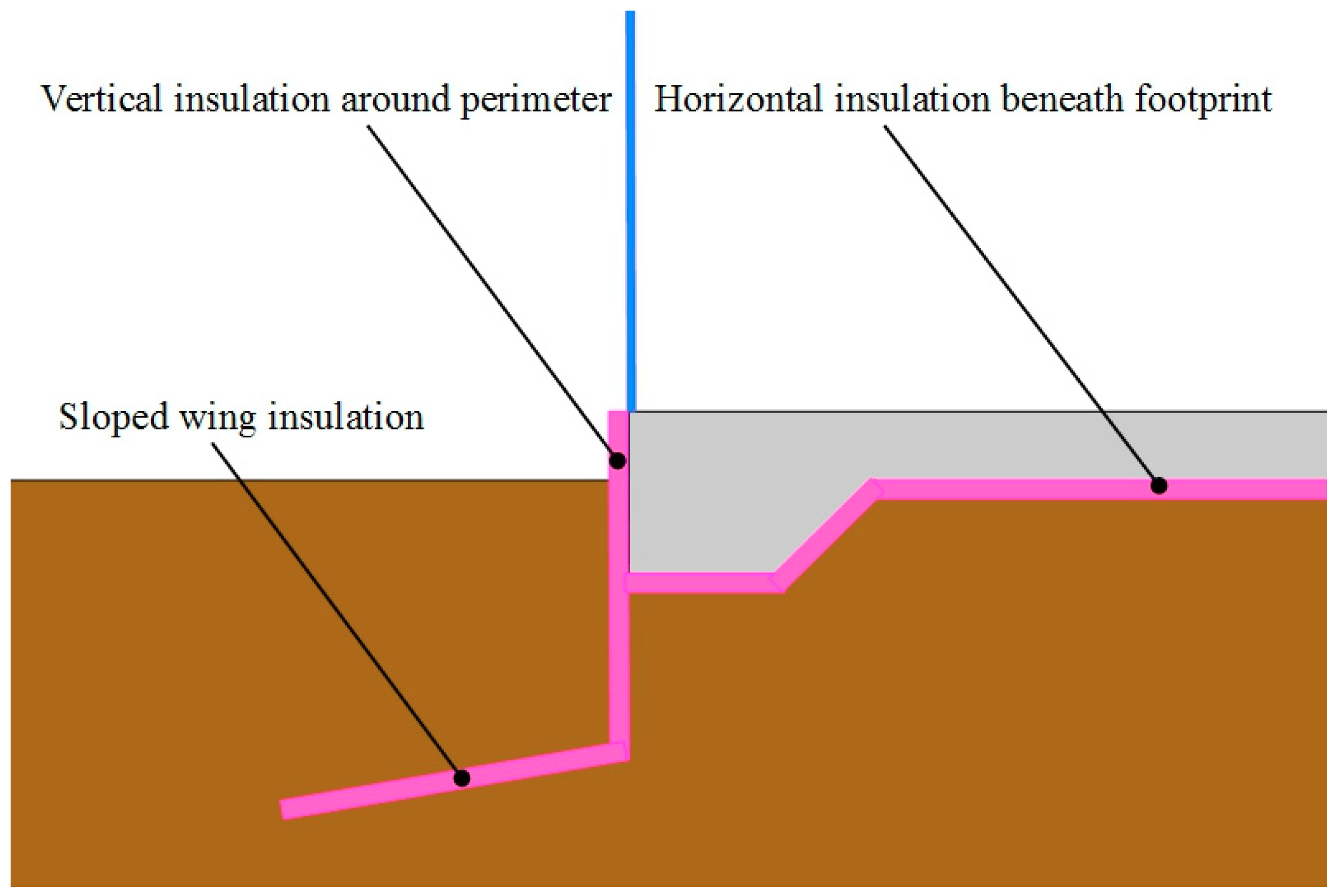Hi, My garage is 28x28x10 first floor and second floor is 28x28x8.
Right now I have on the first floor a Big Max 80 K hanging unit ( I know it is over sized ). The second floor has a ventless propane fireplace which I only turn on if I am going to be in the man cave. There are stairs with a door at the top which I do leave open most of the time. I have ceiling fans on both floors.
The first floor has 4 250 foot loops of radiant in the floor and I have yet to hook it up. What type of unit should I go with for the radiant? I have a propane manifold in place already and I would like a simple venting system with a unit that takes up little space preferably hanging on the wall.
I have had good luck with Navien products.
I keep the heat on 45-50 Deg all winter unless I am out there then I turn it up. Everything is insulated including the ceiling of the first and second floor.
I was thinking I would hook up the radiant and leave that at 45 to 50 then use the Big Maxx for the quick rise if needed. At this time it does feel chilly even at 70 because the concrete is cold.
Any tips, does this make sense? I may not even use the Big Maxx once radiant is hooked up. Thank you
Right now I have on the first floor a Big Max 80 K hanging unit ( I know it is over sized ). The second floor has a ventless propane fireplace which I only turn on if I am going to be in the man cave. There are stairs with a door at the top which I do leave open most of the time. I have ceiling fans on both floors.
The first floor has 4 250 foot loops of radiant in the floor and I have yet to hook it up. What type of unit should I go with for the radiant? I have a propane manifold in place already and I would like a simple venting system with a unit that takes up little space preferably hanging on the wall.
I have had good luck with Navien products.
I keep the heat on 45-50 Deg all winter unless I am out there then I turn it up. Everything is insulated including the ceiling of the first and second floor.
I was thinking I would hook up the radiant and leave that at 45 to 50 then use the Big Maxx for the quick rise if needed. At this time it does feel chilly even at 70 because the concrete is cold.
Any tips, does this make sense? I may not even use the Big Maxx once radiant is hooked up. Thank you

